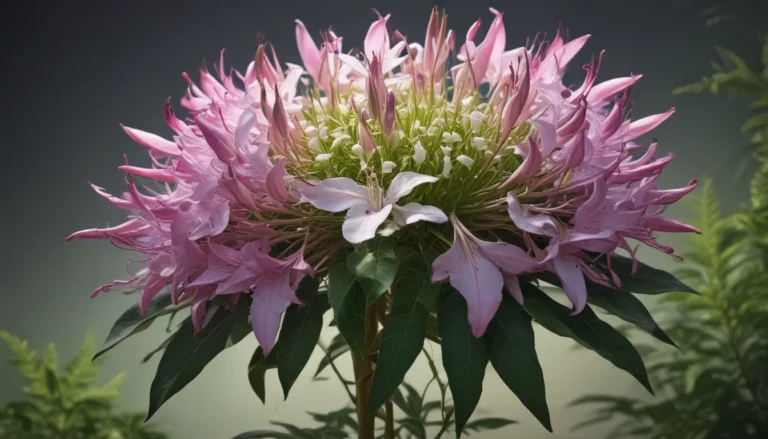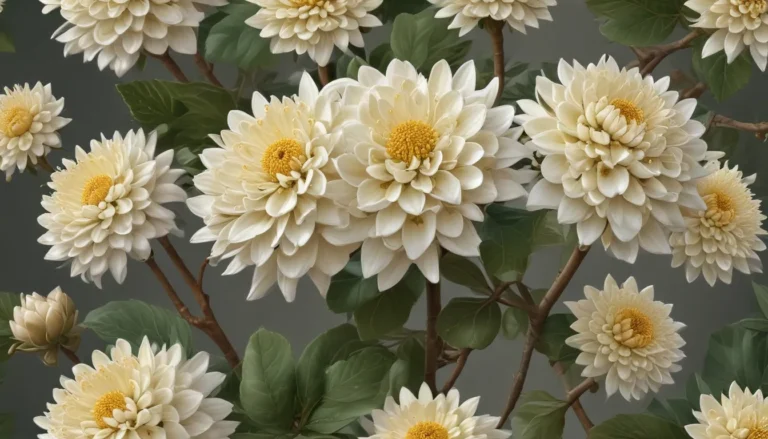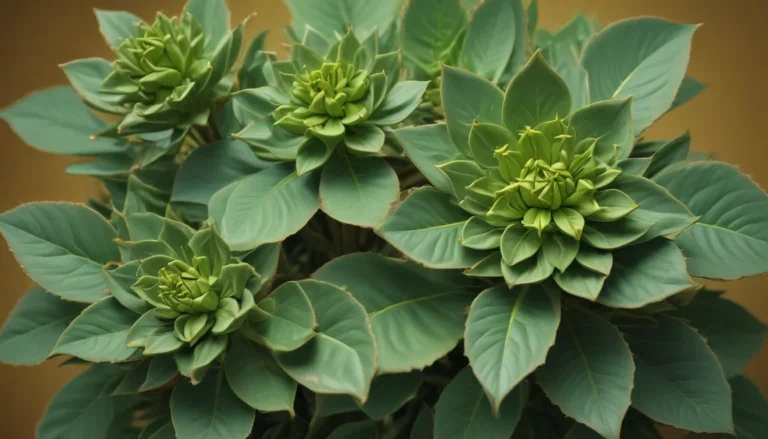The pictures we use in our articles might not show exactly what the words say. We choose these pictures to make you interested in reading more. The pictures work together with the words but don’t take their place. The words still tell you the important facts.
Coreopsis plants, also known as tickseed, are a captivating genus of flowering plants that have captured the attention of gardeners and nature enthusiasts worldwide. These vibrant and visually appealing plants not only add beauty to gardens and landscapes but also possess a multitude of interesting features and characteristics that make them truly enigmatic.
In this article, we will delve into 10 intriguing facts about coreopsis, shedding light on their history, symbolism, morphology, and more. Whether you are a seasoned plant lover looking to expand your knowledge or a novice gardener seeking inspiration for your next planting project, these fascinating facts about coreopsis are sure to spark your curiosity and deepen your appreciation for these beautiful flowers.
Unveiling the Enigmatic Coreopsis Plants
Coreopsis, also known as tickseed, is a diverse and resilient genus of flowering plants that boasts over 100 unique species. These cheerful plants are native to North America and are celebrated for their vibrant flowers that come in a variety of colors, making them a popular choice for gardens and landscapes worldwide.
The Colorful Spectrum of Coreopsis Flowers
Coreopsis plants flaunt a kaleidoscope of colors, ranging from bright yellows and oranges to soft pinks and deep reds. This wide range of hues makes coreopsis flowers a versatile and striking choice for flower arrangements and bouquets, adding a splash of color and vibrancy to any setting.
Embracing North American Roots
Many species of coreopsis are native to North America, particularly the United States, where they can be found in a variety of habitats, from the prairies of the Midwest to the coastal regions of the Southeast. Their adaptability to different climates and soil conditions makes them a resilient and low-maintenance option for gardeners.
Resilience and Attraction to Pollinators
Coreopsis plants are known for their hardiness and ability to thrive in diverse environments. Their bright and nectar-rich flowers attract a myriad of pollinators, including butterflies, bees, and other beneficial insects, making them not only visually appealing but also essential for supporting local ecosystems.
Medicinal Properties and Symbolism of Coreopsis
Some species of coreopsis have been used in traditional medicine for their anti-inflammatory and analgesic properties. Additionally, these cheerful flowers symbolize cheerfulness and happiness, brightening up gardens and bouquets with their joyful presence.
Easy Cultivation and Long Blooming Period
Whether you are an experienced gardener or a novice enthusiast, growing coreopsis from seeds is a simple and rewarding process. These plants germinate quickly and thrive in well-drained soil and full sun, providing continuous blooms from spring to fall and delighting gardeners with their enduring beauty.
Propagation and Expansion of Coreopsis Plants
If you wish to propagate your coreopsis plants, division is a straightforward method that allows you to create new plants and expand your collection. This easy propagation technique enables you to multiply your beloved coreopsis and fill your garden with their enchanting blooms.
Unlocking the Charms of Coreopsis
Coreopsis is a truly fascinating plant with a rich history and a myriad of intriguing facts waiting to be discovered. From its vibrant colors and benefits for pollinators to its resilience and medicinal properties, coreopsis offers a wealth of enchanting qualities that make it a must-have for any garden. Whether you are a seasoned gardener or just starting out, exploring the world of coreopsis will undoubtedly bring joy and beauty to your outdoor space. So why wait? Start your journey into the enchanting world of coreopsis today!
Frequently Asked Questions
- What is the origin of the name "Coreopsis"?
-
The name "coreopsis" is derived from the Greek words "koris" meaning bedbug and "opsis" meaning resembling. It refers to the shape and appearance of the seeds, which resemble the shape of a bedbug.
-
Are all coreopsis varieties native to North America?
-
While many coreopsis varieties are native to North America, there are also species that originate from other parts of the world, such as South America and Africa.
-
Can coreopsis be grown in containers?
-
Absolutely! Coreopsis thrives in containers, making it a versatile choice for small spaces or balconies. Ensure the container has good drainage and ample room for root growth.
-
How often should I water coreopsis?
-
Coreopsis is drought-tolerant and should only be watered when the top inch of soil feels dry. Overwatering can lead to root rot, so allow the soil to dry out between waterings.
-
Do coreopsis plants attract pollinators?
-
Yes, coreopsis is a magnet for pollinators like bees and butterflies, providing a valuable source of nectar and pollen for these essential creatures.
-
How long do coreopsis flowers last?
-
Coreopsis flowers can last several weeks, especially with regular deadheading to promote continuous blooming and maintain the plant's appearance.
-
Can coreopsis tolerate full sun?
-
Coreopsis thrives in full sun conditions and requires at least 6 hours of direct sunlight per day for optimal growth and flowering.
-
Can coreopsis survive harsh winters?
-
Many coreopsis varieties are cold-hardy and can withstand harsh winter temperatures, but it's essential to check the specific variety's cold hardiness zone for your region.
-
Do coreopsis plants need fertilization?
-
Coreopsis is low-maintenance and generally does not require heavy fertilization. Applying a balanced slow-release fertilizer in early spring can promote healthy growth and abundant flowering.
-
Can coreopsis be propagated from seeds?
- Yes, coreopsis can be easily propagated from seeds by collecting them from dried flower heads and sowing them in well-drained soil in late summer or early fall. Keep the soil consistently moist until germination occurs.
Our Commitment to Quality and Authenticity
Every fact shared on our site is contributed by real users like you, ensuring a diverse range of insights and information. Our dedicated editors meticulously review each submission to uphold the highest standards of accuracy and reliability. Trust in our commitment to delivering trustworthy and engaging content as you explore and learn about the fascinating world of coreopsis plants.






